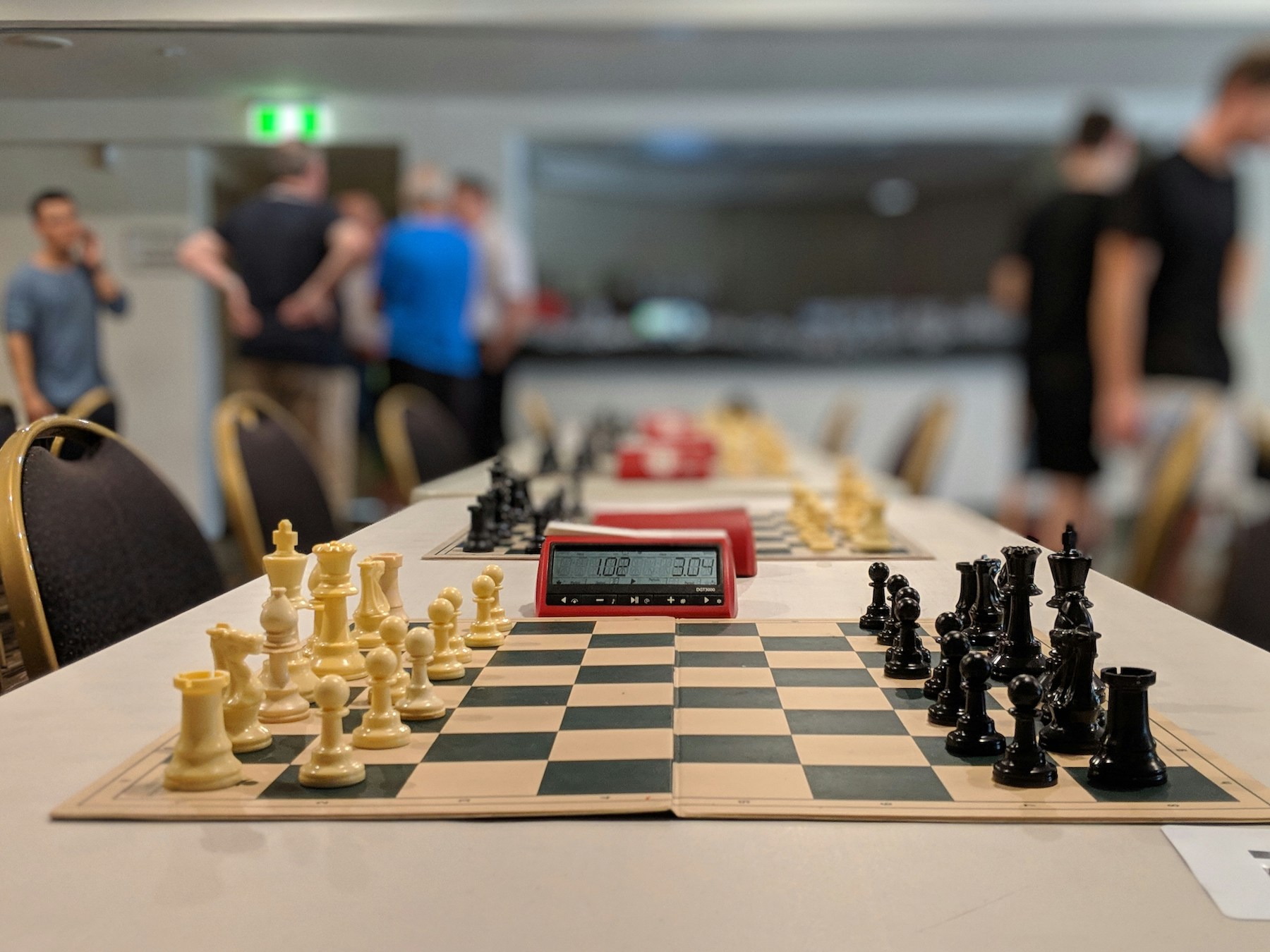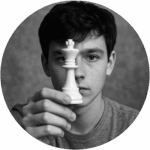So here’s the thing about chess tournaments: they’re not as simple as “winner moves on, loser goes home.”
At least, not the good ones.
After the district event, I started obsessing over tournament formats—Swiss system, round-robin, knockout, double elimination. Like some kids get into DJing or creatine powder, I got into pairing algorithms. And yeah, I’m aware of how that sounds.
But seriously, the Swiss system is the best. It’s clean, logical, almost… democratic. Nobody gets kicked out after one bad game. Everyone plays all rounds, and the system keeps matching you with opponents of similar performance. Strong players rise, weak players get tested, and the final table tells a pretty fair story.
It’s like life, if life had rules and no one lied.
I tried explaining all this to Don Emilio.
We were sitting in the café, as usual. I had a printout of the tournament results. I was buzzing—actually buzzing—about how the software handled tie-breaks using something called Buchholz scores, which basically means your score depends a bit on how strong your opponents were. So if you beat someone who also did well, it counts more.
I started walking him through it.
“Okay, so basically,” I said, “in Swiss, each round you’re paired with someone who has a similar score. You don’t play the same person twice, and it aims to match players of equal performance as the rounds go on.”
He raised an eyebrow. “Like a ladder?”
“No! Not exactly. It doesn’t eliminate anyone. It recalibrates. Every round, it takes all the results and re-pairs everyone based on performance.”
He squinted. “Sounds like socialism.”
“What?”
“Everyone plays, everyone gets a turn. Like nursery school.”
“No, it’s not like—okay, listen. Say we have eight players. First round is random, or seeded. Then it pairs winners with winners, losers with losers. So by round three, the 2–0 players are facing each other, and the 0–2 ones are facing each other. It keeps balancing.”
“Why not just crown the one who wins most games?”
“That’s literally what it does.”
He sipped his coffee. “Then what’s the point of the explanation?”
I tried the Buchholz bit next. This was my big play. “So if two players end up with the same score, it doesn’t just call it a tie. It looks at the strength of their opponents. So beating three strong players is worth more than beating three beginners. It’s called Buchholz.
He blinked.
I pushed on. “It’s German. I think. It means your score is weighted based on how good the people you played were.”
“So… if you beat losers, you’re still a loser.”
“Kind of, yeah.”
“That’s cold.”
“Right?”
He nodded slowly. “Still not sure why you’re telling me all this.”
I deflated like a punctured rook.
That’s when I realised: not everyone wants things to be explained. Some people are happy knowing things just work. Don Emilio doesn’t need to know how the pairing algorithm functions. He cares about outplaying the board in front of him, not the math behind it.
Me? I like the wiring. The engine under the bonnet. I like seeing how results are built. Because if I understand the system, I feel like I have a fighting chance inside it.
He plays to win.
I play to understand.
Maybe both of us are right.
Still, I left the printout on the table. Next day, it was gone. He never mentioned it.
But when I sat down to play, he gave me White and said, “Use that system of yours. Let’s see if it helps.”
I lost in 19 moves.
Still counts.
—Leo


